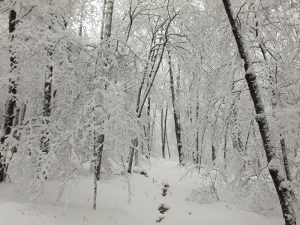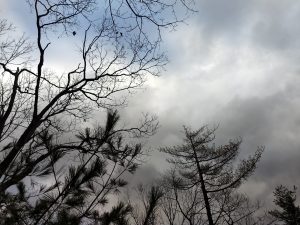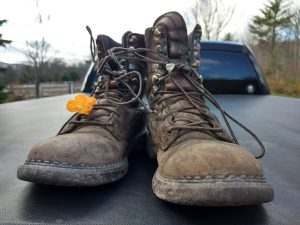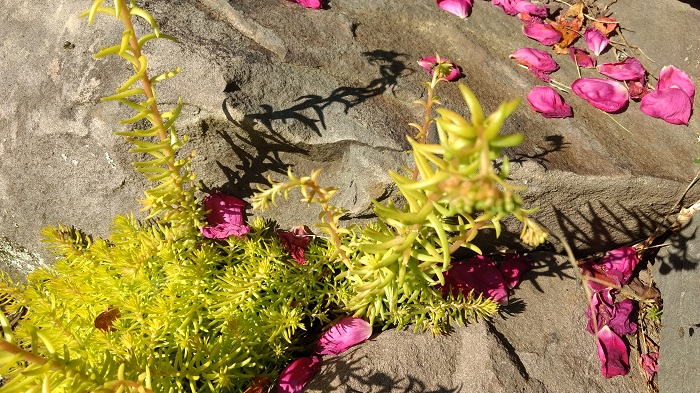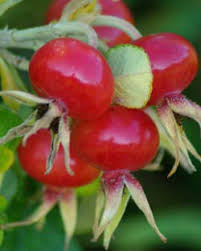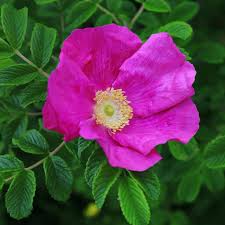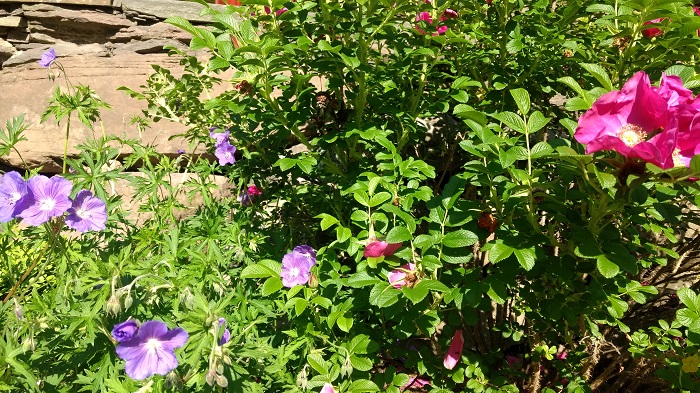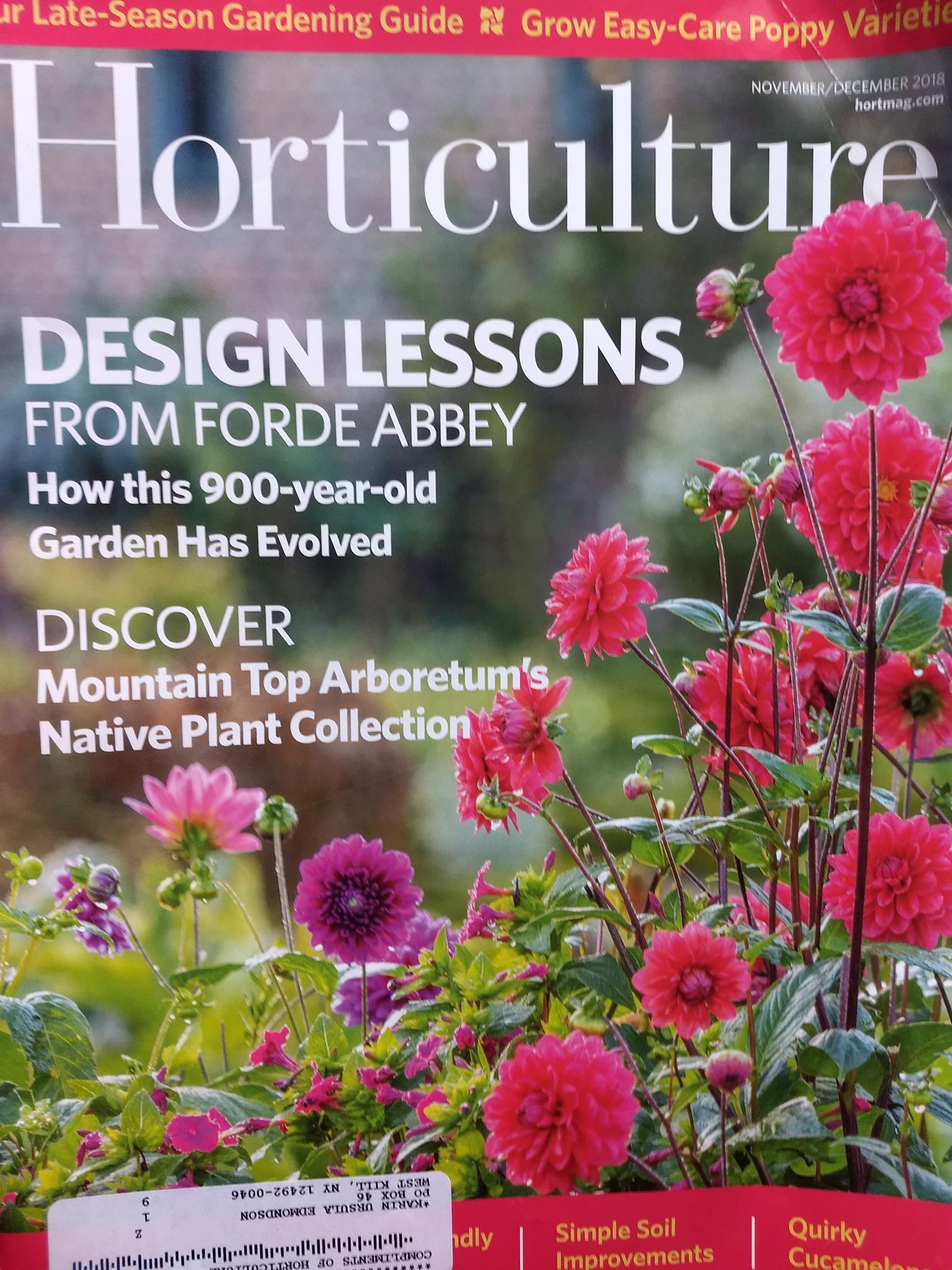Years ago as a landscape design student, I used to read Dwell Magazine on the subway totally in awe of the contemporary architecture and landscapes.
Last summer 2019, one of my gardens was featured in Dwell’s Outdoor Living Issue. Published in the May/June issue, the article entitled Woodland Skills featured the property of architect Maria Ibanez and her husband Todd Rouhe. They hired me to design a spare, beautiful landscape to help heal the scars of construction and to blend the disturbed edges back into the surrounding woodland. To accomplish this I used almost entirely native plants – three types of sedges (Carex spp.), two species of ferns, three mountain mints (Pycnanthemum spp.) and a handful of native shrubs like bayberry (Myrica pennsylvanica), gray dogwood (Cornus racemosa), sweetfern (Comptonia peregrina), bush honeysuckle (Diervella lonicera) and American elderberry (Sambucus canadensis). Almost immediately, the bees arrived on the mountain mints. Some of the deer were curious about the elder and Maria and Todd had to net those. The following year the sedges were starting to spread; so were the ferns. Mission accomplished!
